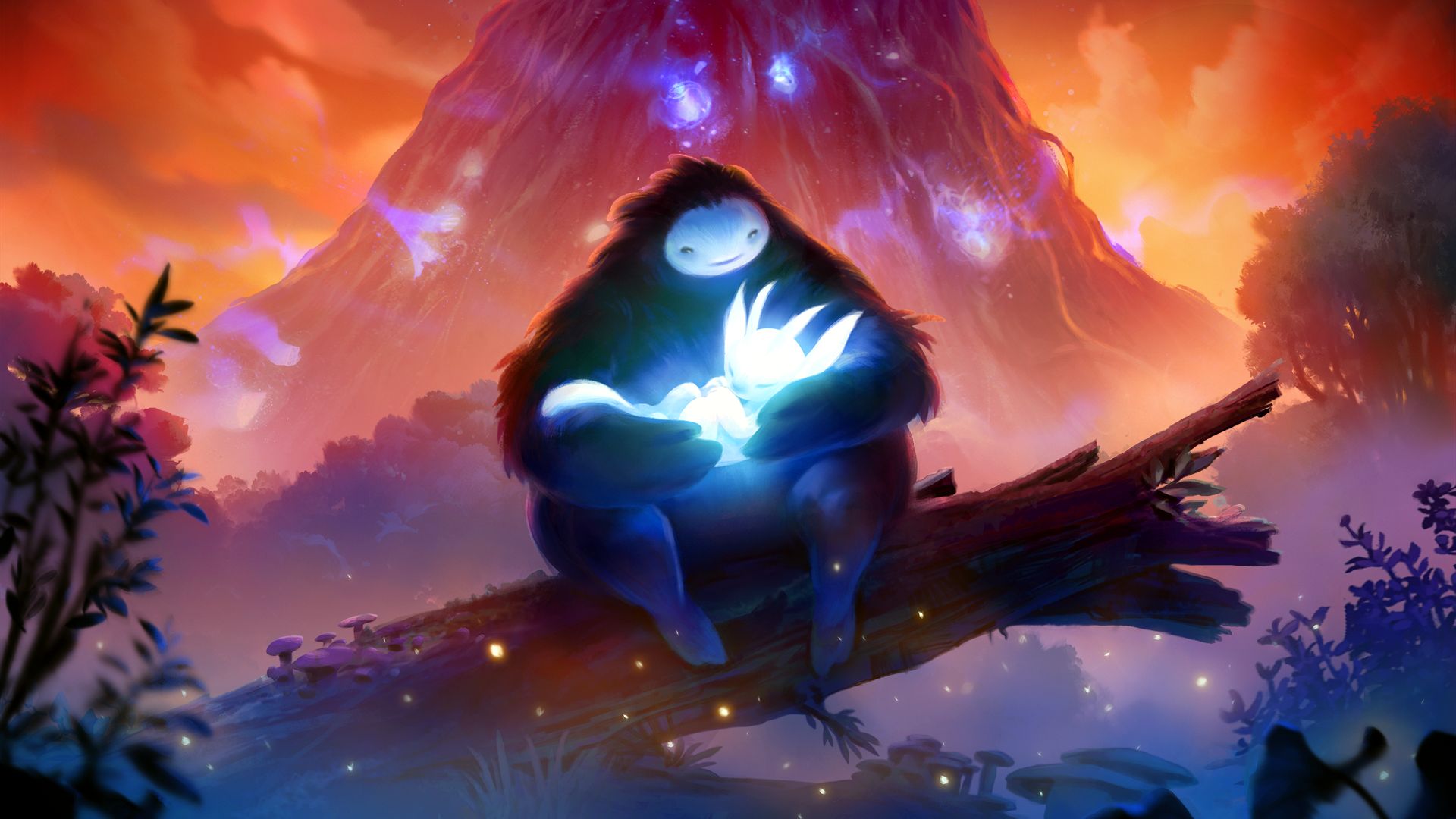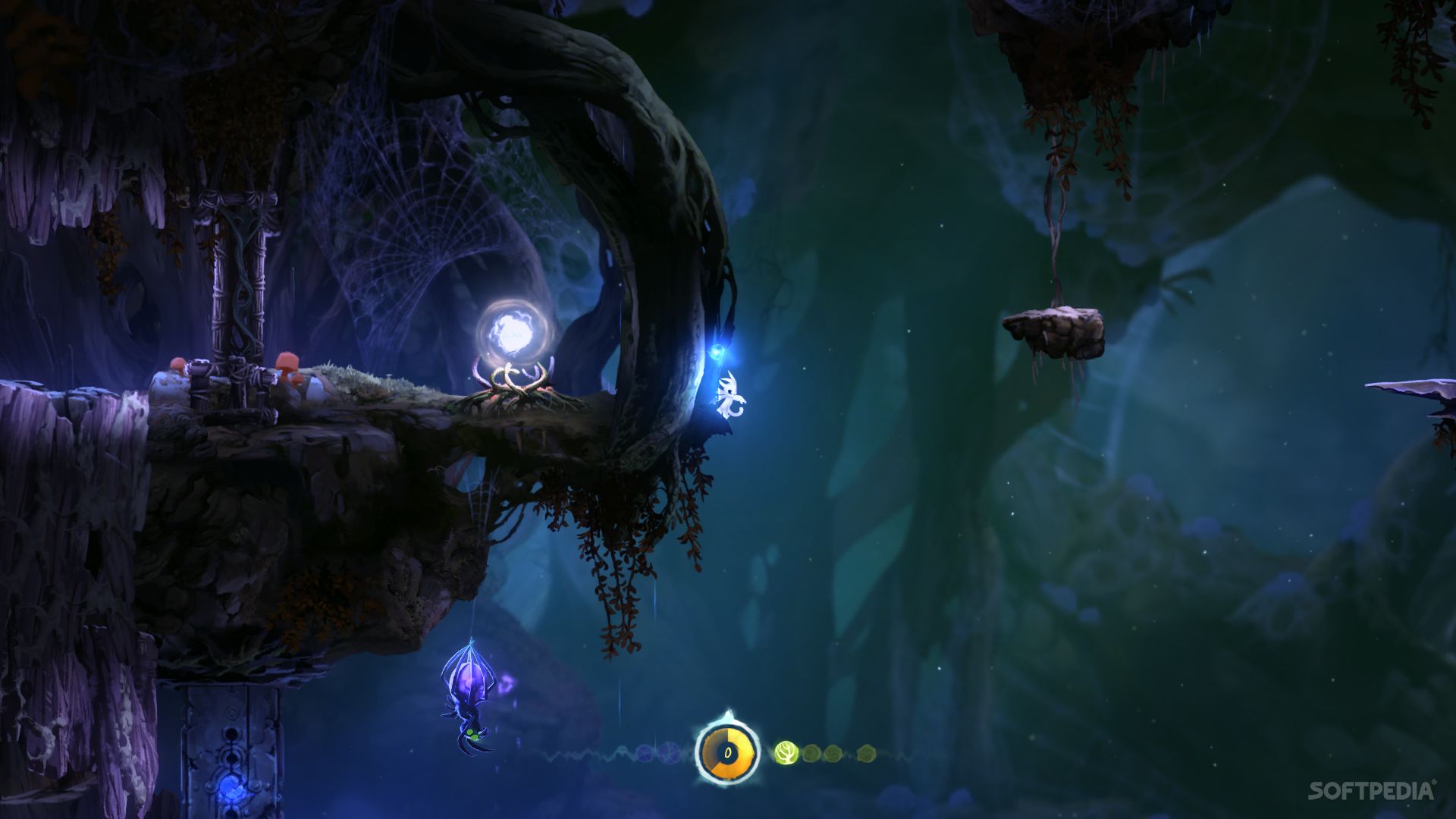
These fast respawns, combined with the ability to place your own respawn point in any safe area, thankfully stops the constant death from becoming annoying and instead turns the challenge into an extremely rewarding experience.Īlthough difficult, Ori and the Blind Forest is very rarely frustrating. Much like in Super Meat Boy, respawning in Ori and the Blind Forest is almost instantaneous. I died so frequently that at points it felt as if I were playing Super Meat Boy and struggling through its insanely challenging platforming. If you’re anything like me, you will die a lot. Ori and the Blind Forest lured me in with its presentation it appeared to be a game focused primarily on its aesthetics and charming story, but secretly it has teeth. The simplicity of the combat is mostly acceptable since it never really feels like the main risk of the game most of my deaths instead came from environmental dangers. There are a number of different enemy types that seem to have been included with the intention of encouraging you to mix up your play style, however most enemies can be defeated by simply spamming the basic attack. The addition of an explosive AoE attack, a downward dash, and the ability to redirect enemy projectiles also helps to offer some alternative approaches to combat. This keeps the pace of the game flowing nicely even though I put a lot of effort into levelling up by gathering the various collectables throughout the game, I never felt particularly overpowered although many of these skills definitely helped to cushion some of the challenge.Ĭombat is fairly simple throughout enemies are fought by blasting them with balls of energy from Ori’s companion, Sein. Although the skill tree will provide you with advantages such as increased damage and double/triple jumps, the main skills that open the game up are unlocked at set places and points in the story. An experience-based levelling system and skill tree are also present, and these allow room to develop the many skills in any order you see fit. The player moves through the forest gaining abilities as they progress, allowing them to access new areas that had previously been closed off to them. Despite this simplicity, the delivery of the plot through short narrated cut-scenes allows the game to maintain a sense of charm throughout without being overly intrusive and, at points, it can even be quite moving.Īfter the initial semi-interactive opening, the game settles nicely into a familiar Metroidvania style. So that’s the basic gist of it, there are the usual high points and low points, and twists and turns, but the core of the plot is refreshingly simple. The plot kicks off with Ori, joined by a glowing spirit named Sein (who is very reminiscent of Navi from Ocarina of Time), travelling to recover three elements to save the dying forest. We are also introduced to the antagonist, a huge shadowy owl that has stolen the light essence from the magical forest of the game’s setting.

The opening of the game details the origins of Ori, a white fox-like forest spirit and the main protagonist of the game. All of this can be seen in both the game’s trailer and the opening ten minutes or so, which plays out more as a vaguely interactive animation than a conventional game.

In a lot of ways this game reminds me of a Studio Ghibli film, like Spirited Away or Princess Mononoke, it just oozes enchantment and otherworldliness from every pore – believe me, this is not as twee as it sounds. Every aspect of its design, from the animation to the music and narration, all come together perfectly and the result is a game that will occasionally make you coo with appreciation.

It has the most well-realised art direction of any game that I have seen in quite some time.

The first thing you’ll probably notice when playing Ori and the Blind Forest is how absolutely beautiful it is.


 0 kommentar(er)
0 kommentar(er)
